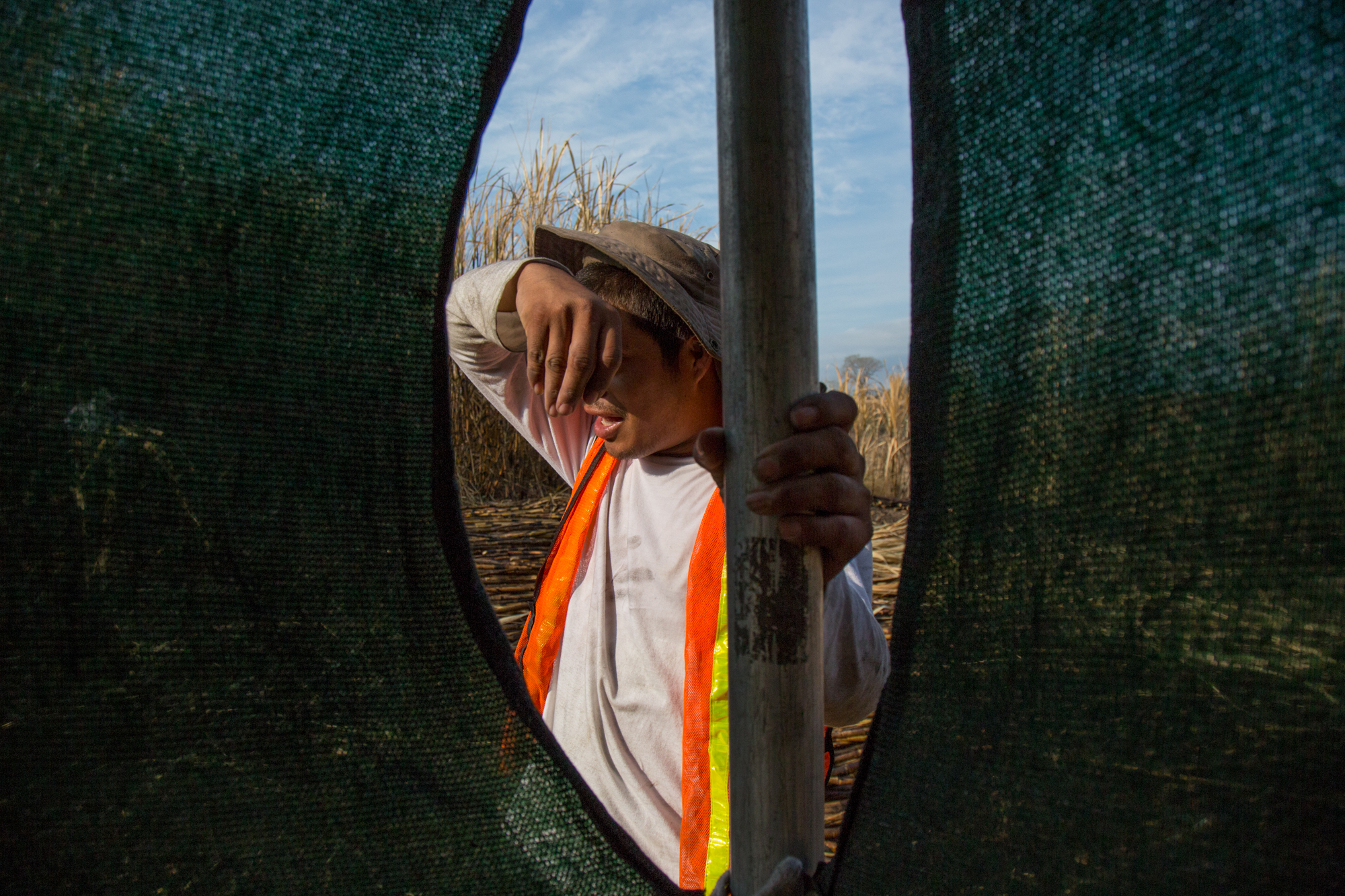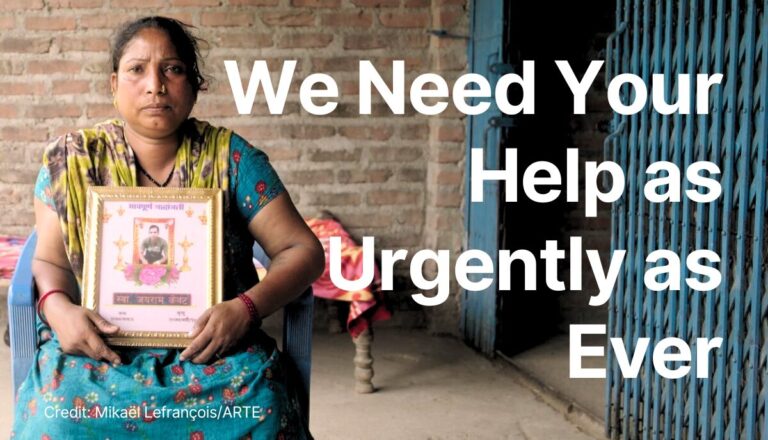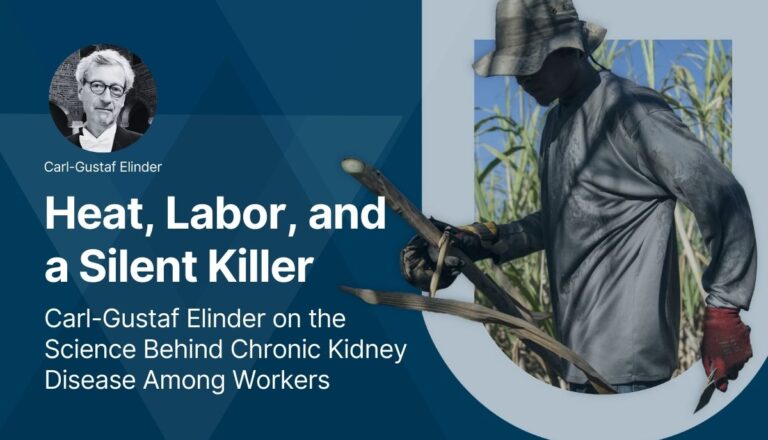Contact: Bennett Kuhn, Director of Communications, La Isla Foundation
E-mail: be*****@la**************.org
FOR IMMEDIATE RELEASE
The global epidemic of chronic kidney disease of non-traditional causes (CKDnT) may be driven by climate change, according to a new article in the Clinical Journal of the American Society of Nephrology (CJASN).
The increasing number of extreme heat waves brought about by global warming may disproportionately be causing kidney damage among at-risk populations, the authors say.
“Extreme heat events are becoming more frequent and intense,” said co-author Jay Lemery, a nephrologist at the University of Colorado (UC) and expert on climate change and health. “Both are known stressors to renal physiology, and we can expect to see more heat stress nephropathy as climate change worsens.”
The combination of heat stress and dehydration is one likely causal mechanism for CKDnT, according to the authors’ analysis.
“Basically, it looks like the disease is mediated by heat stress and dehydration—and since temperatures are rising, and [fusion_builder_container hundred_percent=”yes” overflow=”visible”][fusion_builder_row][fusion_builder_column type=”1_1″ background_position=”left top” background_color=”” border_size=”” border_color=”” border_style=”solid” spacing=”yes” background_image=”” background_repeat=”no-repeat” padding=”” margin_top=”0px” margin_bottom=”0px” class=”” id=”” animation_type=”” animation_speed=”0.3″ animation_direction=”left” hide_on_mobile=”no” center_content=”no” min_height=”none”][potable] water availability is decreasing in many areas of the world, it seems like the perfect storm to explain the rise in this disease worldwide,” said Richard Johnson, supervising author and Professor and Chief of the Division of Renal Diseases and Hypertension and Tomas Berl Professor of Medicine at UC.
A Guardian article last year publicized research on related topics. The new CJASN article is “not a research article,” said Ricardo Correa-Rotter, co-author and head of the department of nephrology at the Instituto Nacional de Ciencias Medicas y Nutricion Salvador Zubirán in Mexico. “This is a hypothesis article in which a concept and potential new link and mechanism is discussed.”
The authors’ analysis is based on evidence independently gathered by physicians around the world, including Central America, India, Thailand and Sri Lanka, where local kidney disease epidemics are occurring. Whereas the majority of previous research focused on building an understanding of the epidemic in Central America, the authors compared information across regions. They used the term heat stress nephropathy to describe the condition caused by heat stress and dehydration which may underlie all of the different local epidemics, according to their evaluation of medical and climate records.
La Isla Foundation (LIF) CEO Jason Glaser co-authored the article with Lemery, Johnson, and a team of climate, occupational safety, and medical experts. “This disease is more widespread, and has been with us longer, than was previously understood.” Glaser said. “It is affecting low income, heavy laborers in extremely stressful environmental conditions who are often neglected by health systems.”
LIF is responding to CKDnT globally. “It is paramount that adequate funding and effort be dedicated to improved surveillance and continued causal investigation, which can then be distilled into workplace and community programs aimed a limiting risk factors,” Glaser said. “Ebola has killed around 14,000 people since 1976, but this disease has killed at least 20,000 in Central America alone in the last 10 years. It deserves substantially increased support immediately.”
LIF and leading research and policy institutions are currently carrying out the WE Program workplace intervention in El Salvador in coordination with the El Angel sugar mill.
The UC team is forming a consortium to continue coordinating activities between climatologists, physicians, non-profits, and government research agencies, including the National Oceanic and Atmospheric Administration (NOAA) through the existing Cooperative Institute for Research In Environmental Sciences (CIRES) at UC, the The National Institute for Occupational Safety and Health (NIOSH) at the Centers for Disease Control and Prevention (CDC), and other environmental health, migration, and climate study organizations.
“We expect to be leaders in this field, and to our knowledge this is the first university-wide collaboration,” Lemery said.
LIF is playing a central role in helping this network grow. “La Isla has always been about bringing together experts from government, the press, the private sector, the arts, and research institutions and leveraging that brain trust to work to understand and end CKDnT,” Glaser said. “This effort with my friends and colleagues at UC is a natural extension of that ethos.”
One priority for future research, according to Johnson, is determining exactly what regions are affected. “We would like to work with our climatologists to predict where the epidemics should be but are not yet reported,” he said. “This will provide additional proof of the hypothesis and allow us to help neglected populations suffering from this disease.”
Vivek Jha, a professor of nephrology at the University of Oxford and leading CKDnT researcher in India, advocates streamlining the exchange of information between researchers around the world. “We need to establish the existence and magnitude of this epidemic using standardized internationally comparable tools,” Jha said.
Jha has already submitted a research proposal to the Indian Council of Medical Research (ICMR) to “systematically evaluate this epidemic in at least four regions of India along with local nephrologists.”
LIF is committed to working with Jha and ICMR and colleagues from University College London, London School of Hygiene and Tropical Medicine, Harvard, Gothenburg University and several others to standardize protocols of CKDnT prevalence studies globally. Soon to be renamed La Isla Network, LIF is coordinating the Disadvantaged Populations eGFR Epidemiology (DEGREE) Study, an international collaboration between researchers across disciplines dedicated to better understanding the prevalence and geographic scope of CKDnT worldwide.
“The focus of the next three years is to build the tools to understand the scope and scale of the disease, continue understanding the cause, and applying that knowledge to intervening on behalf of, and with, impacted populations.” Glaser said.
####
[/fusion_builder_column][/fusion_builder_row][/fusion_builder_container]








